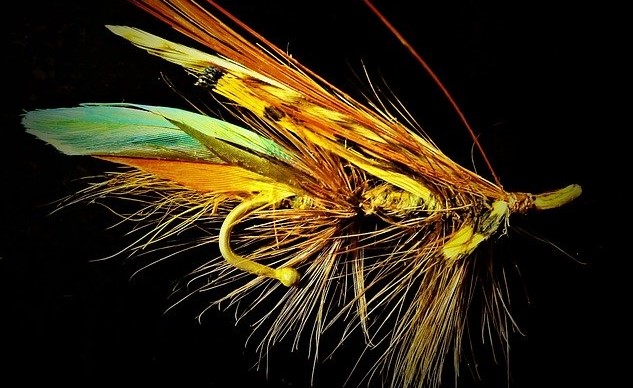
Fishing flies, or fly lures, are artificial fishing lures usually used in the sport of fly fishing. They can be made from a variety of materials such as furs, feathers, or threads, that are constructed by procedures called fly tying. These artificial fishing flies are made to look like fish prey such as insects, crustaceans, worms, baitfish, and even birds, which are tied to fish hooks and then attached to fishing lines to serve as bait. Fly tying has become a lucrative business among hobbyists who sell their creations to fly fishing enthusiasts around the world.
Because of materials used, fishing flies can get easily deformed, or even damaged, if not properly packed for shipping. A deformed artificial fly might not attract fishes during fly fishing. Some fly lures are also very small and could easily get lost if not properly packaged. Thus, it is important to properly pack fishing flies when shipping to ensure that they arrive safely and in good condition. Here are some tips on how to properly pack and ship fishing flies.
When shipping many assorted fishing flies, the best container would be fly boxes that come in a variety of sizes. These boxes are usually lined with foam padding and feature different mechanisms to secure and organize the artificial flies.
If fly boxes are not available, fishing flies can be placed in breath mint tins, like that of Altoid’s, lined with foam padding. These containers are very sturdy and non-crushable which keep the flies safe.
Wrap the fly box or breath mint tin in bubble wrap and pop them inside a padded envelope. For bigger packages, double box them in a sturdy and appropriately-sized cardboard box filled with packing materials to prevent movement.
Tube flies and bigger fishing flies can be inserted inside hard-drinking straws for protection. Jumbo drinking straws, usually used for bubble pearl teas, can be used to protect bigger fishing flies. Simply place them inside a Ziploc bag and insert them in a padded mailer.
